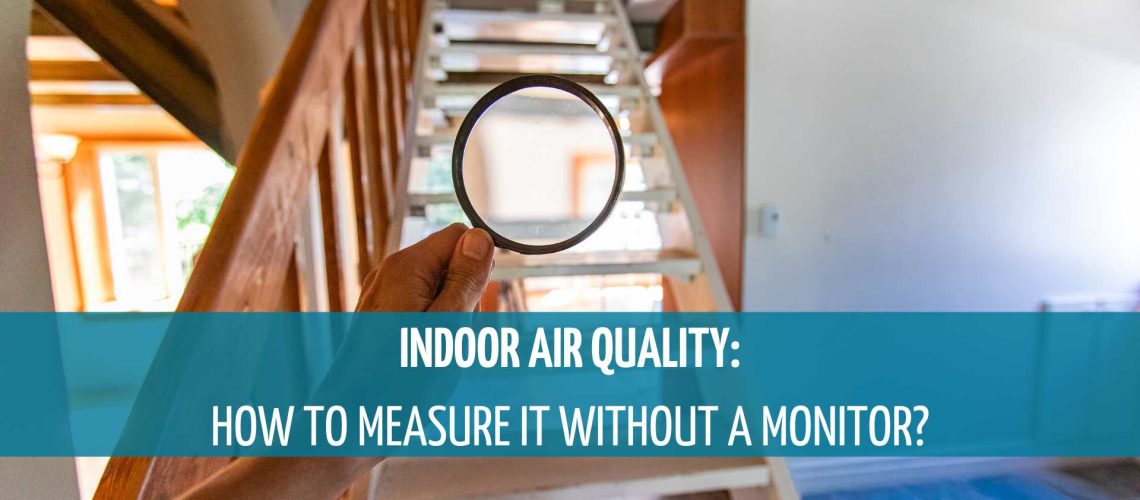12 Tips for Measuring Indoor Air Quality.
Understanding and maintaining good indoor air quality is crucial for our health and well-being. The air within our homes and workplaces can significantly impact our daily lives, influencing everything from comfort and productivity to long-term health. Given that we spend a significant portion of our time indoors, assessing and improving the quality of the air we breathe should be a priority. While advanced tools and professional assessments can provide detailed insights, there are also natural and straightforward ways to gauge the quality of the air in our living and working environments. Here’s how you can naturally assess and understand the air quality around you:
- Observation of Airflow: Detecting drafts or stagnant air in different areas of your home can provide insights into ventilation quality. Proper airflow is a key indicator of good air quality.
- Visual Inspection for Mold and Mildew: Regular checks in areas prone to dampness, like bathrooms and kitchens, can reveal signs of mold or mildew, indicating high humidity and potential air quality issues.
- Monitoring Humidity Levels: Using a simple hygrometer to track humidity levels helps maintain a healthy balance. Excessive humidity encourages mold growth, while too little can cause respiratory discomfort.
- Observing Health Symptoms: Noticing health changes such as headaches, fatigue, or allergic reactions can signal poor indoor air quality, especially if these symptoms improve when you are outside.
- Houseplants as Bioindicators: Certain plants react visibly to air pollution, providing a natural indicator of air quality.
- Natural Ventilation Observation: The effectiveness of natural ventilation in refreshing indoor air can provide clues about air exchange rates in your home.
- Detecting Odors: Persistent unusual or foul odors can be a sign of poor air quality, indicating the presence of pollutants or inadequate ventilation.
- Monitoring Dust Levels: Rapid dust accumulation can suggest issues with air circulation.
- Observation of Allergy Symptoms: An increase in allergy symptoms can be a telltale sign of the presence of organic pollutants like mold, allergens, microorganisms, bacteria, or viruses.
- Monitoring Illness Patterns: The frequency of illnesses such as colds or respiratory infections can indicate the presence of mold, harmful microorganisms, or viruses in the air.
- Assessing Pet Dander: If you have pets, the amount of visible pet dander or hair can inform you about the air quality and allergen levels.
- Odors from Biological Sources: Musty or stale odors can signal the presence of toxic mold or mildew, impacting indoor air quality.
While these natural methods offer a basic understanding, for a comprehensive solution to indoor air pollution, advanced tools like Airfree air purifiers are indispensable. Airfree uses Thermodynamic Sterilization System (TSS) technology to effectively destroy, not trap and hold, a broad range of mold spores, airborne microorganisms, viruses, and allergens, ensuring that the air released back into the room is clean and safe to breathe. These purifiers operate silently and require no maintenance, making them a convenient and effective way to improve indoor air quality.
To enhance your home’s air quality and protect against organic pollutants, consider the technology of Airfree air purifiers. Visit Airfree’s website to explore their range of products and find the perfect air purifying solution for your needs, creating a healthier and safer indoor environment for you and your family.
Follow Airfree on Instagram for quick tips on Air quality.


